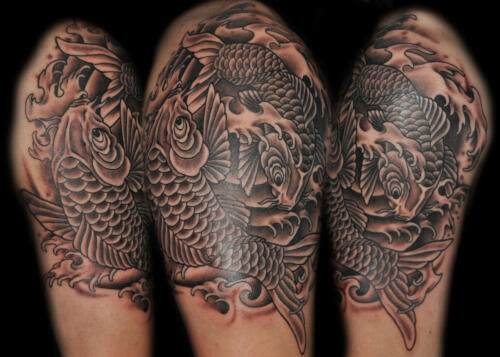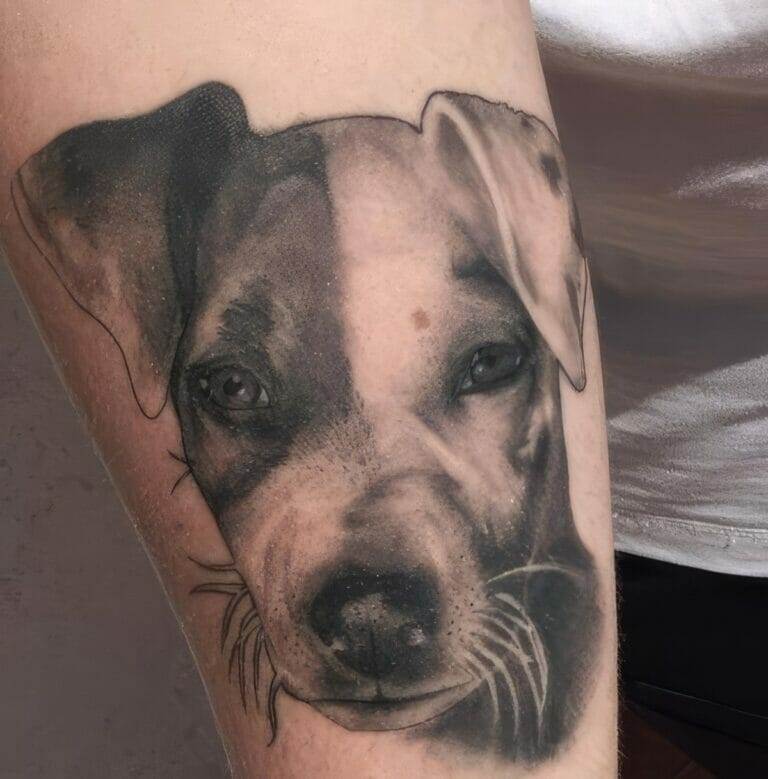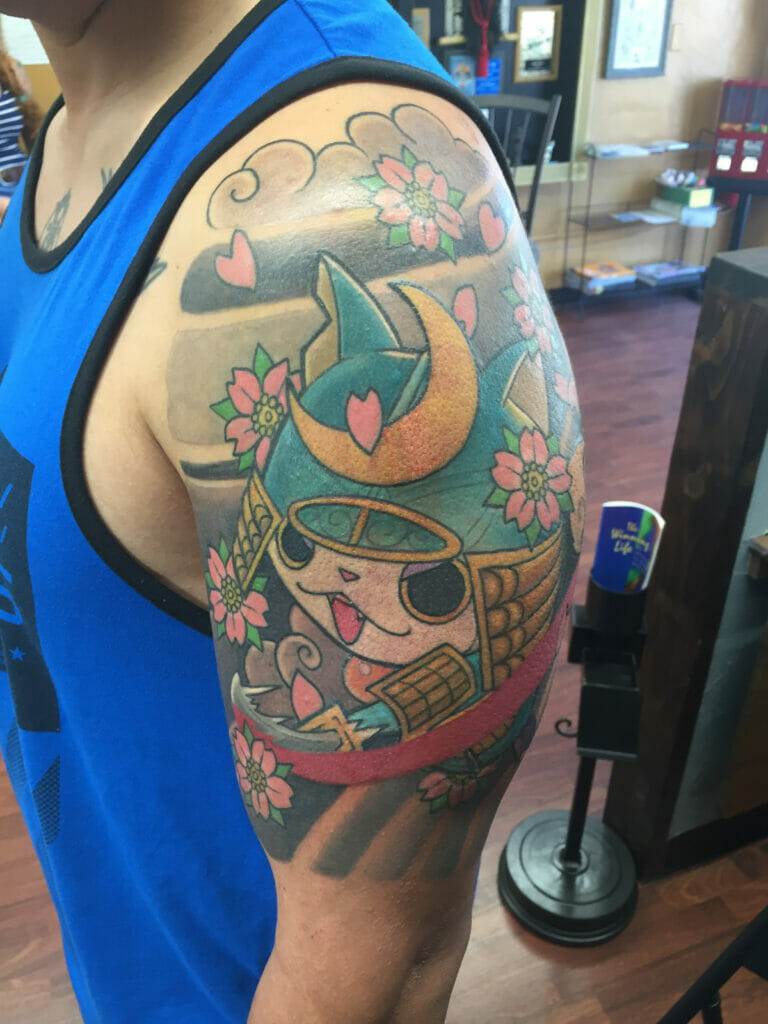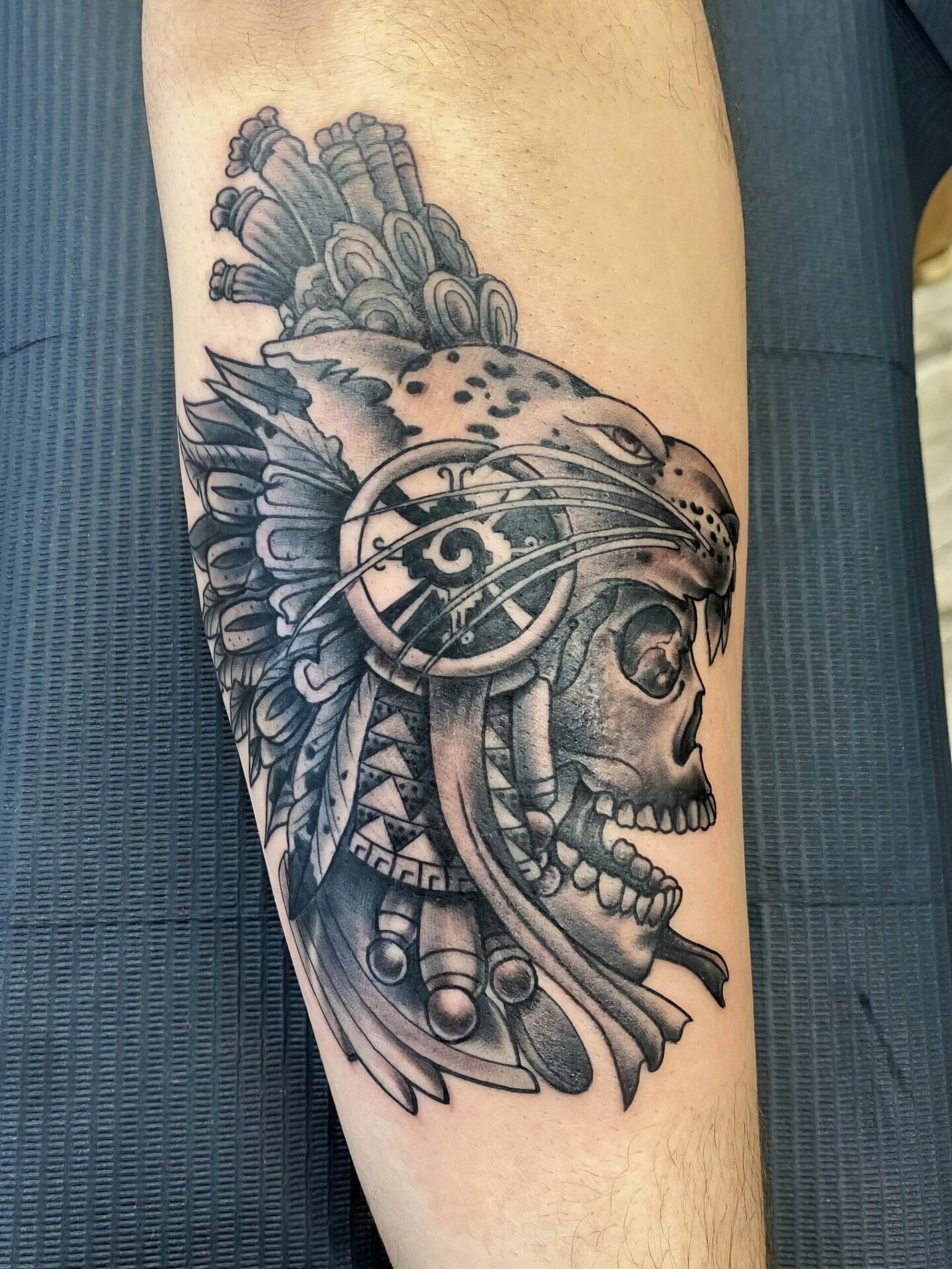
When it comes to tattoos, one of the most fundamental choices an individual faces is whether to opt for color or black and grey designs. Color tattoos are vibrant and dynamic, often incorporating a wide spectrum of hues that can bring a design to life. These tattoos can evoke strong emotions and convey a sense of energy and excitement.
The use of color allows for intricate shading and blending, which can enhance the depth and dimension of the artwork. Artists skilled in color tattooing often utilize various techniques to create gradients and highlights, making the final piece visually striking. On the other hand, black and grey tattoos rely on varying shades of black ink, often mixed with water to create softer tones.
This style is known for its classic and timeless appeal, often lending itself well to detailed line work and shading techniques. Black and grey tattoos can convey a sense of sophistication and elegance, making them a popular choice for those who prefer a more understated aesthetic. The absence of color can also allow for greater focus on the intricacies of the design itself, highlighting the artist’s skill in creating depth and texture through shading alone.
Key Takeaways
- Color tattoos are vibrant and eye-catching, while black and grey tattoos have a more subtle and classic look.
- Skin tone plays a significant role in determining which tattoo style will look best on an individual.
- Color tattoos may require more frequent touch-ups to maintain their vibrancy, while black and grey tattoos tend to age more gracefully.
- The design and artistic expression of a tattoo can be influenced by the choice between color and black and grey styles.
- Healing time and pain levels can vary between color and black and grey tattoos, with color tattoos often requiring more time to heal.
Choosing between color and black and grey tattoos also involves considering your skin tone. Different skin tones can affect how colors appear once inked, with some shades standing out more vibrantly on lighter skin while others may blend more seamlessly into darker complexions. For individuals with fair skin, bright colors can pop beautifully, creating a striking contrast that enhances the overall design.
However, certain colors may fade more quickly on lighter skin, necessitating more frequent touch-ups. Conversely, those with darker skin tones may find that black and grey tattoos offer a more consistent appearance over time. The contrast between the dark ink and rich skin tones can create stunning visuals that remain bold and defined.
Additionally, black and grey designs can often be more forgiving when it comes to fading, as they rely on varying shades of black rather than vibrant colors that may lose their intensity. Ultimately, understanding how your skin tone interacts with different tattoo styles can help you make an informed decision that aligns with your aesthetic preferences.
Longevity and Maintenance: How Color and Black and Grey Tattoos Differ
The longevity of a tattoo is a crucial factor to consider when choosing between color and black and grey styles. Color tattoos tend to require more maintenance over time due to their susceptibility to fading. Factors such as sun exposure, skin type, and aftercare practices can all influence how well the colors hold up.
Bright colors may lose their vibrancy after years of wear, necessitating touch-ups to restore their original brilliance. Regular application of sunscreen on tattooed areas can help mitigate fading caused by UV exposure. In contrast, black and grey tattoos generally have a reputation for lasting longer without significant fading.
The darker pigments used in these designs tend to hold up better over time, maintaining their depth and clarity. While they may still require some maintenance, such as moisturizing the skin to prevent dryness, black and grey tattoos often age gracefully. This longevity makes them an appealing option for individuals seeking a design that will remain striking for years to come.
Design and Artistic Expression: Choosing the Right Style for Your Vision
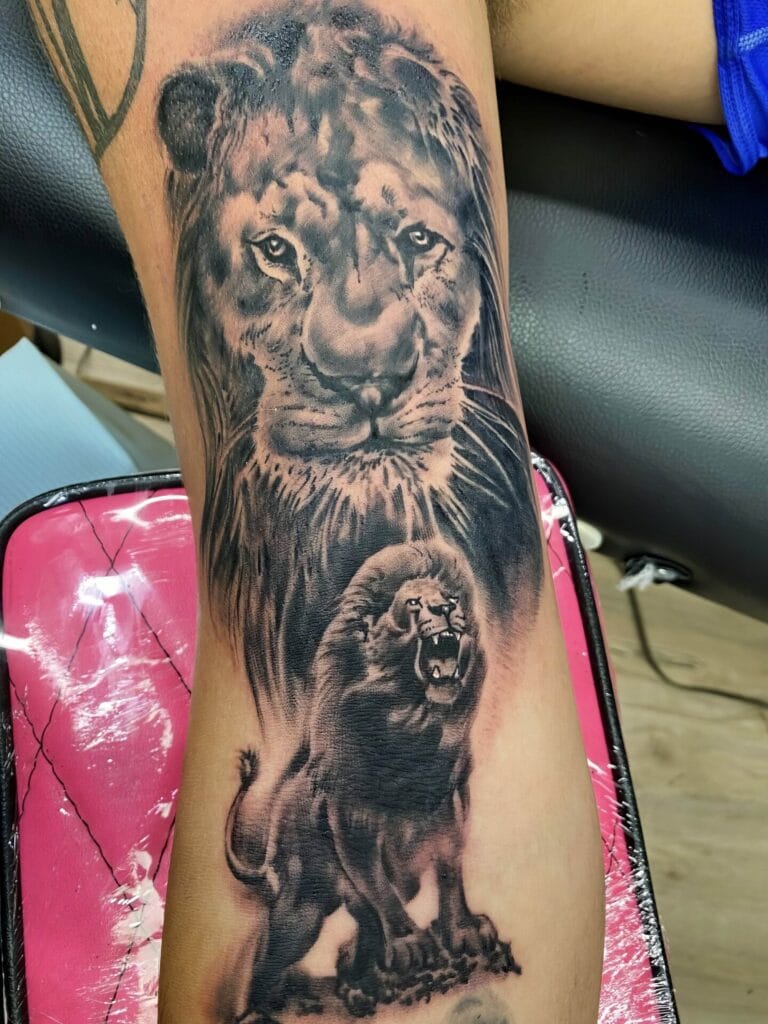
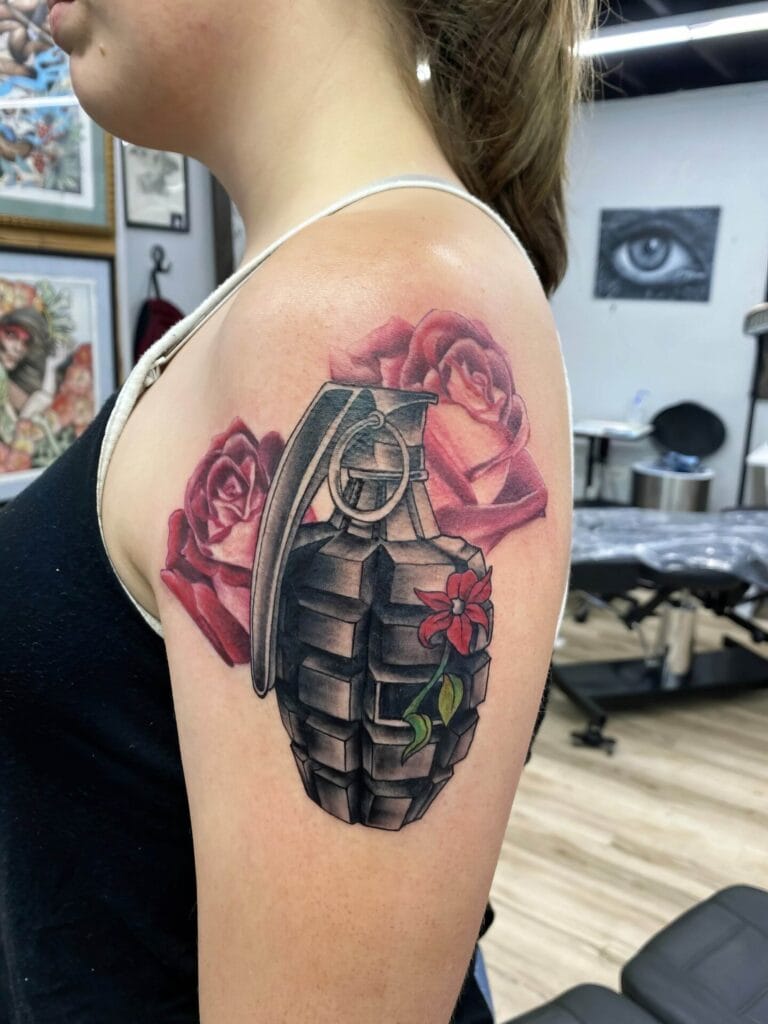
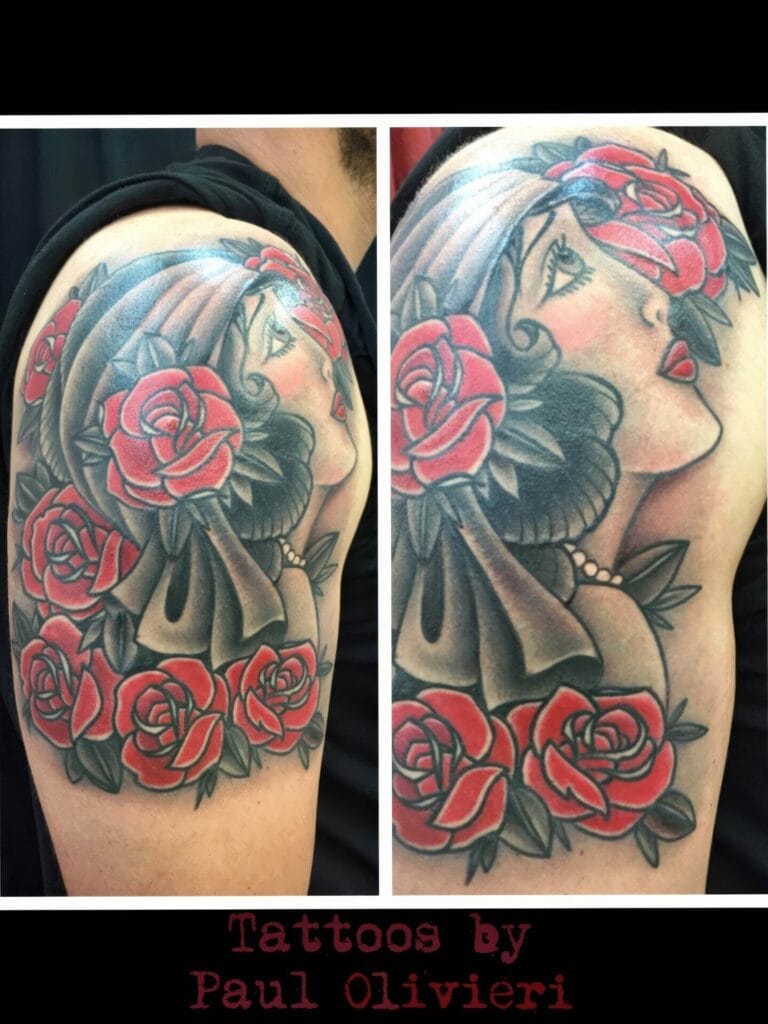
When it comes to artistic expression, both color and black and grey tattoos offer unique opportunities for creativity. Color tattoos allow for a broader range of design possibilities, enabling artists to experiment with vibrant palettes that can evoke specific moods or themes. From floral designs bursting with life to intricate mandalas filled with hues, color tattoos can be tailored to reflect personal stories or emotions in vivid detail.
On the other hand, black and grey tattoos excel in their ability to convey depth through shading and contrast. This style is particularly effective for designs that require intricate line work or realistic portraits. The subtleties of light and shadow can create stunning visual effects that draw the eye in.
Additionally, black and grey tattoos often carry a sense of timelessness, making them suitable for classic designs that transcend trends. Ultimately, the choice between color and black and grey should align with your vision for the tattoo and how you wish to express yourself through art.
Pain and Healing: What to Expect with Color and Black and Grey Tattoos
Pain tolerance varies from person to person, but there are some general differences in the experience of getting color versus black and grey tattoos. Color tattoos often require multiple layers of ink application to achieve the desired vibrancy, which can lead to increased discomfort during the process. The use of different needles for shading and coloring may also contribute to varying sensations throughout the session.
However, many individuals find that the excitement of seeing their design come to life outweighs any temporary discomfort. In contrast, black and grey tattoos may be perceived as less painful by some due to their reliance on shading rather than extensive color application. The process often involves less needle penetration compared to color work, which can result in a quicker healing time for some individuals.
Regardless of the style chosen, proper aftercare is essential for ensuring optimal healing. Following your artist’s recommendations for cleaning, moisturizing, and protecting your tattoo will help minimize discomfort during the healing process.
Cultural and Symbolic Significance: How Color and Black and Grey Tattoos Differ
Tattoos have long held cultural significance across various societies, with color and black and grey styles often carrying different meanings. Color tattoos are frequently associated with vibrancy, life, and celebration. In many cultures, specific colors symbolize particular emotions or concepts; for instance, red may represent love or passion, while blue might signify tranquility or wisdom.
This symbolic use of color allows individuals to convey deeper meanings through their body art. Conversely, black and grey tattoos often embody themes of tradition, remembrance, or introspection. The monochromatic palette lends itself well to designs that honor heritage or commemorate significant life events.
Many people choose black and grey tattoos as a way to express personal narratives or reflect on their journeys in a more subdued manner. Understanding the cultural implications behind each style can enhance your connection to your tattoo choice, allowing you to select a design that resonates with your values.
Cost and Time: Factors to Consider When Choosing Your Tattoo Style
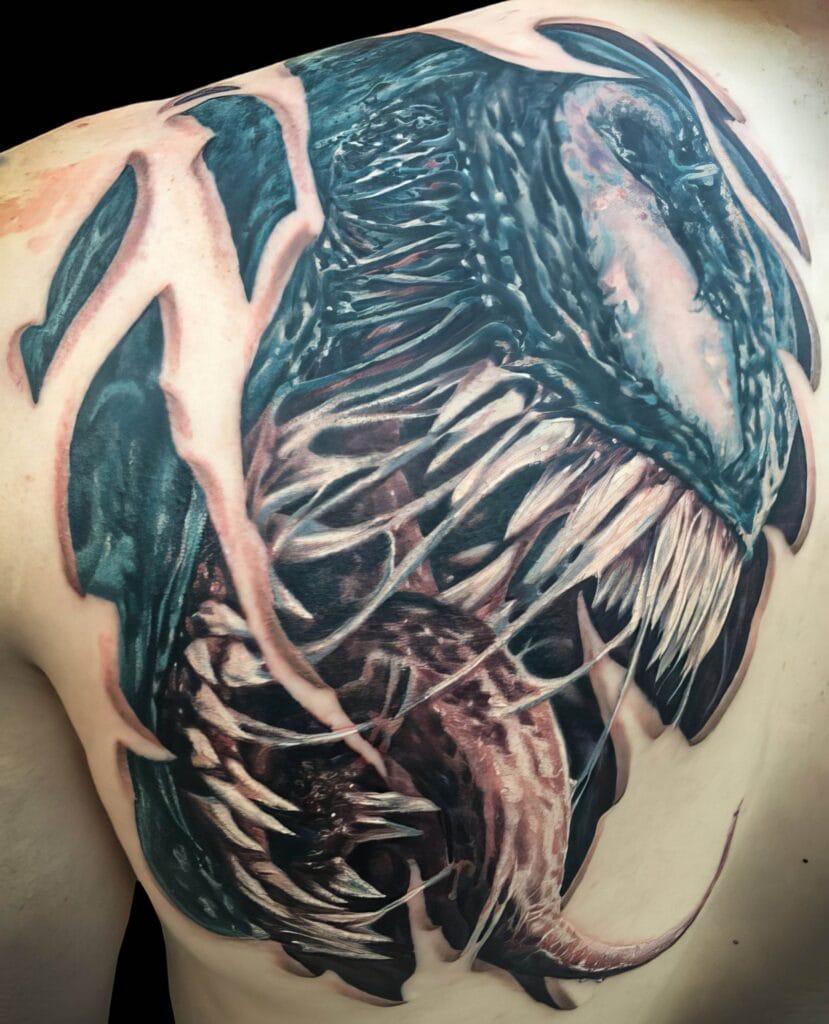
Cost is an important consideration when deciding between color and black and grey tattoos. Generally speaking, color tattoos tend to be more expensive due to the complexity involved in their application. The need for multiple ink colors, additional time spent on shading techniques, and potential touch-ups all contribute to higher overall costs.
If you’re working within a budget, it’s essential to factor in these elements when planning your tattoo. Time is another critical aspect to consider; color tattoos often require longer sessions due to their intricate nature. Depending on the size and complexity of the design, multiple appointments may be necessary to achieve the desired result fully.
In contrast, black and grey tattoos may be completed more quickly in some cases due to their straightforward application process. However, larger or more detailed designs can still take considerable time regardless of style. Understanding these factors will help you make an informed decision that aligns with your financial situation and schedule.
Finding the Right Artist: Selecting a Tattoo Artist Experienced in Your Chosen Style
Once you’ve decided on your preferred tattoo style, finding the right artist becomes paramount in bringing your vision to life. Not all tattoo artists specialize in both color and black and grey work; therefore, it’s essential to seek out someone whose portfolio reflects expertise in your chosen style. Take the time to research local artists by reviewing their previous work online or visiting studios in person.
When evaluating an artist’s portfolio, pay attention not only to their technical skills but also their ability to convey emotion through their designs. A skilled artist will have a unique approach that resonates with your vision while ensuring high-quality execution. Don’t hesitate to reach out for consultations; discussing your ideas with potential artists can provide valuable insight into their creative process and help you gauge whether they are the right fit for your tattoo journey.
In conclusion, choosing between color and black and grey tattoos involves careful consideration of various factors including personal preferences, skin tone compatibility, longevity expectations, artistic expression opportunities, pain tolerance during application, cultural significance, cost implications, and finding an experienced artist. Each style offers its own unique advantages that cater to different tastes and desires for self-expression through body art. By taking the time to explore these aspects thoroughly, you can make an informed decision that results in a meaningful tattoo experience tailored specifically for you.
FAQs
What are the differences between color and black and grey tattoos?
Color tattoos use a wide range of colors to create vibrant and eye-catching designs, while black and grey tattoos use only black ink or a combination of black and white ink to create a more subdued and monochromatic look.
How do color and black and grey tattoos age differently?
Color tattoos may fade over time due to exposure to sunlight and the natural aging process, while black and grey tattoos tend to hold up better and maintain their appearance for longer.
Which type of tattoo is better for different skin tones?
Color tattoos can look stunning on a variety of skin tones, but may require more touch-ups over time. Black and grey tattoos are often recommended for individuals with darker skin tones, as they can stand out more prominently.
Do color tattoos require more maintenance than black and grey tattoos?
Yes, color tattoos may require more maintenance over time, including touch-ups to keep the colors looking vibrant and fresh. Black and grey tattoos generally require less maintenance and can maintain their appearance for longer periods.
Are there any specific considerations for choosing between color and black and grey tattoos?
When choosing between color and black and grey tattoos, it’s important to consider factors such as skin tone, design preferences, and long-term maintenance. Consulting with a professional tattoo artist can also provide valuable insight into making the right choice for your skin.

